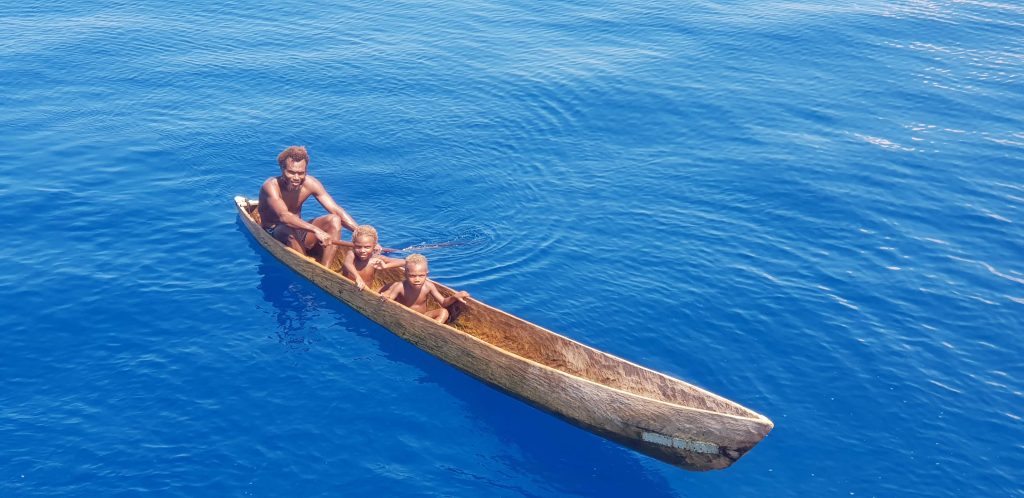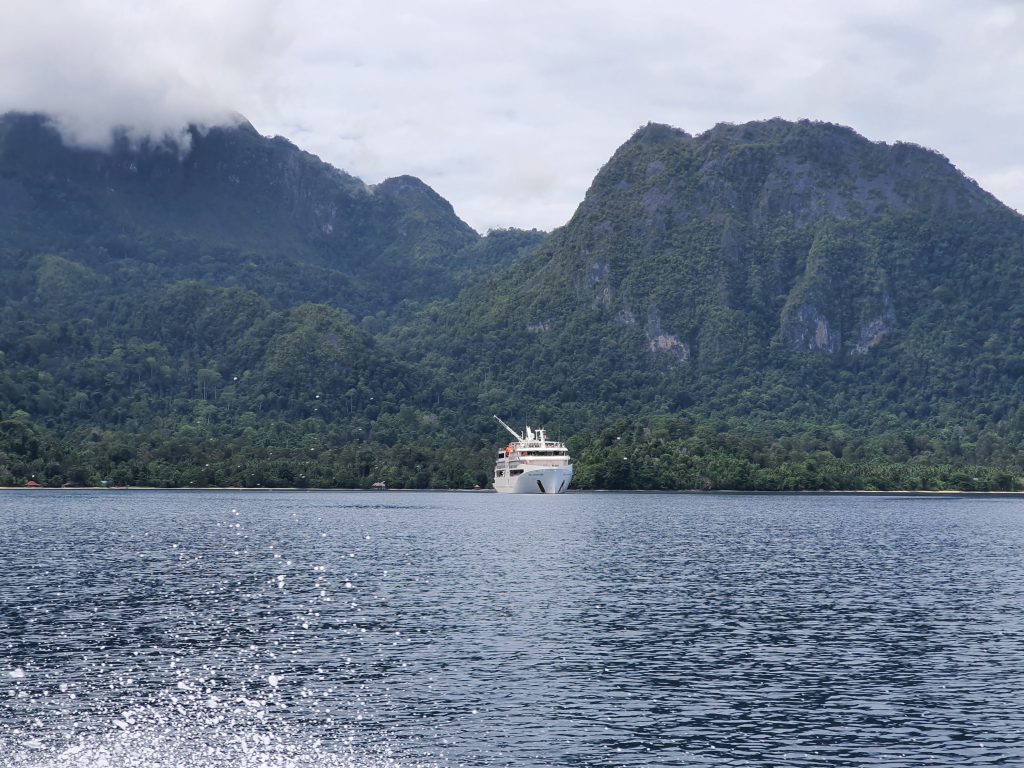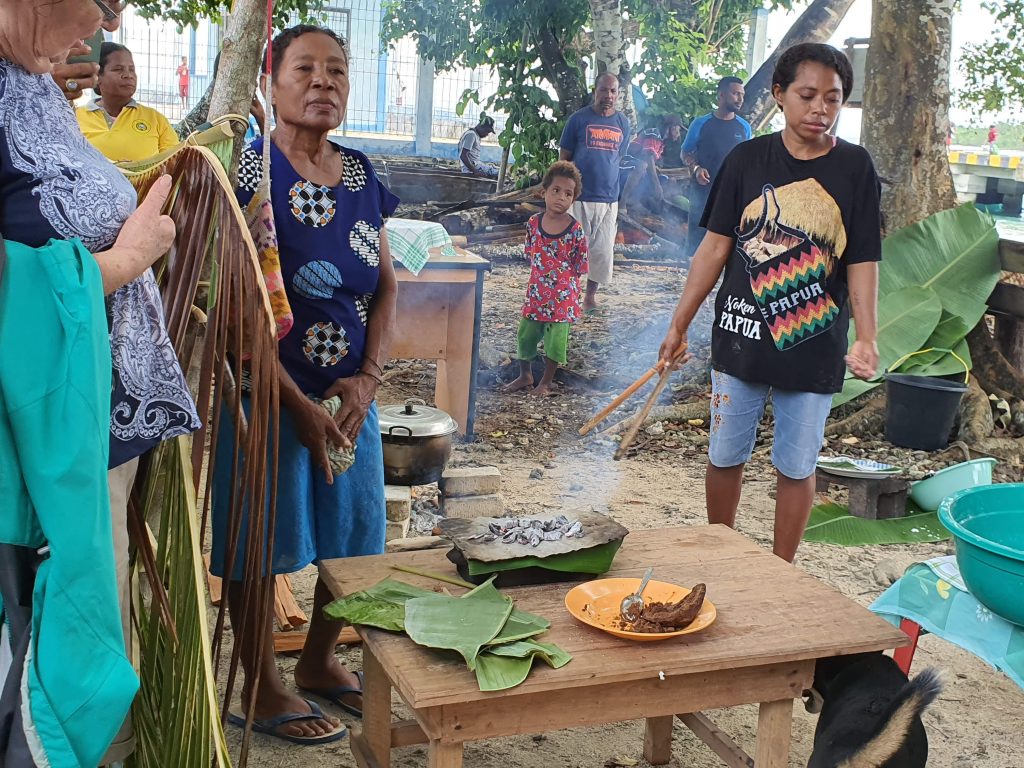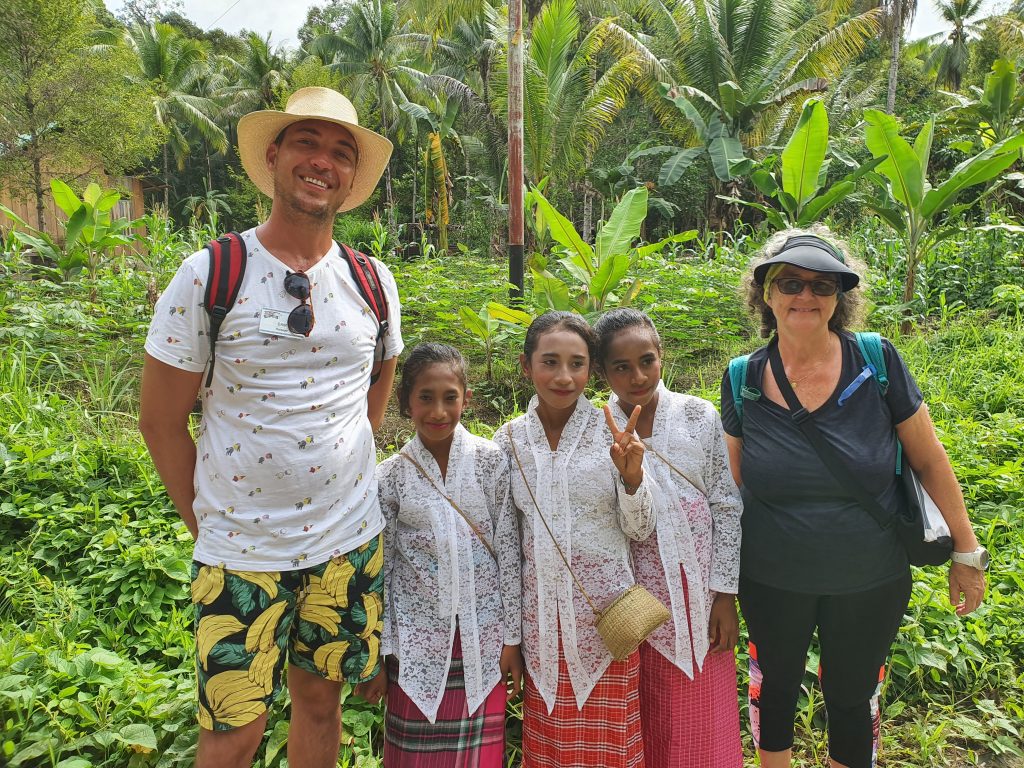Dr Catherine Meehan. McLeod St Medical Cairns
To Be or Not to Be
Travel vaccinations and malaria prophylaxis. To take or not to take. That is the question.
When travelling to high-risk countries, the answer to this question is a lot easier. You weigh up the pros and cons and usually, the pros win. You can be visiting a remote PNG village or trekking in the bush somewhere. You know there will be mosquitos and so most will be prepared. You may be eating local food in the villages or street stalls. The risk of contamination or infection is present.
When travelling on a boat, the answer is not so easy. You are often at sea away from the shore, in airconditioned comfort. Visits to the shore are usually short and during the day, avoiding dawn and dusk high-risk times. The food you eat is prepared on board. The water you drink is usually desalinated water made on the vessel and is safe to drink.
Recently, while travelling on a liveaboard dive boat, in PNG, I questioned the guests and the non-indigenous crew about their feelings on malaria prophylaxis and vaccinations. The guests were from Australia, USA and UK, and the crew were from Australia and Europe.
I asked the following questions:
-what made you come to PNG?
-who did you book your trip with?
-what travel health advice where you given prior to your trip and from what source?
-what was the advice regarding vaccinations and malaria prophylaxis?
-what vaccinations and malaria prophylaxis did you have, or did you decline?
-what other health issues were you aware of such as travellers’ diarrhoea, dengue etc?
-do you consider a liveaboard stay to be less risky than a land stay?
The non-indigenous crew had not had vaccinations, nor were they taking malaria prophylaxis They considered malaria to be endemic in the area, and they would treat any symptoms accordingly.
All passengers on this diving trip had, on my advice, been provided with comprehensive written health information about PNG from CDC (Centers for Disease Control and Prevention) and a visit to a doctor with experience in travel medicine was advised.
Of the 3 divers from USA, the two men had all the information but decided not to go ahead with anything.
The other diver from USA, a female who is a nurse, did seek medical advice at health department of a county hospital and was given Hepatitis A vaccination, but not offered typhoid vaccination. She was taking Doxycycline for malaria prophylaxis but discontinued due to side effects.
The two divers from the UK were both fully vaccinated and taking malaria prophylaxis.
All but one of the Australians were fully vaccinated and taking malaria prophylaxis
All the divers felt that the risk on a vessel was less than for a shore stay. However, our dive boat was moored on a jetty for 3 of the nights we were on board and we had 3 visits to shore, and ate at the nearby resort, so we did have dawn and dusk exposure.
Another type of boat travel is on a cruise boat, and I was recently privileged to be able to go on a small (100 passenger) expedition cruise to Papua New Guinea, Indonesian Spice Islands and Raja Ampat (West Papua).
I was unable to interview passengers, but in casual conversation was able to ask what people were doing to prevent malaria, or if they had vaccinations.
From these casual discussions, I would say that about half of the passengers were taking malaria prophylaxis and had had travel vaccinations.
All of them considered that the risk on a vessel was less than on land, and on the back deck of the vessel was insect repellent, and everyone was encouraged to apply this prior to leaving the vessel and also to wear suitable clothing, offering cover from the sun and mosquitos.
I must admit, that during most of the shore excursions, which were mainly coastal with a coastal breeze, I did not see many mosquitos. It may have been the herd effect of so many passengers covered in Deet, that may have kept the mosquitoes at bay.
Although the airconditioned vessel was free from mosquitos and the evening events on the vessel were away from the shore, we did have a wonderful sunset event with champagne and local snacks at a fort on Banda Island. And a visit to a swampy area in West Papua to see how Sago was harvested, and we all went to the mangrove restoration area and planted a mangrove plant.
No-one that I am aware of on the cruise developed malaria. However, there were some cases of travellers’ diarrhoea, and I myself was unfortunate enough to pick up some intestinal parasites during my cruising.
So, it comes back to the eternal question, of what to do, and although the risks for acquiring a tropical illness during ocean travel may be less than land travel, the risks still exist.
Every ocean traveller should research the itinerary and the events in their package, to see what their exposure risk may be.
It is also recommended that they seek expert travel health advice from a doctor with experience in travel medicine at least a month prior to travel.
That will make the question of “to take or not to take” a lot easier to answer.





